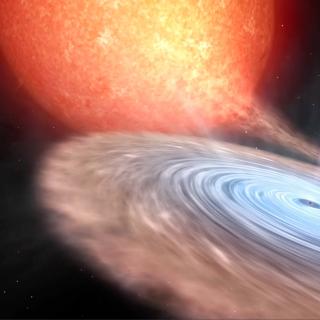The solution to some of the most important open questions in both galactic and extragalactic astrophysics hinges upon understanding black hole activity and its associated accretion disks and outflows (jets and winds). Black holes are found in two main flavours. There is a population of stellar-mass black holes in X-ray binaries, whose luminous outbursts and convenient time-scales enable us to scrutinise accretion in the greatest detail. On the other hand, super-massive black holes are key to understand the present-day Universe, although they evolve in much longer time-scales and are located in very complex environments in the galactic centres. My research has recently transformed the optical view of stellar-mass black holes, showing that the observing window opened by these objects offers the best opportunity to study the relation between black hole activity and massive outflows, whose impact is currently challenging standard paradigms at both galactic and extragalactic scales. This project, which is based on the main sub-package of my recent ERC-2020-COG, aims at providing a complete observational view of accretion disk winds in compact binaries. I will take advantage of the accessibility of X-ray binaries and accreting white dwarfs to study, using optical spectroscopy, the accretion/outflow coupling in a sample of more than a hundred accretion disks, covering the entire parameter space available in the Universe.


